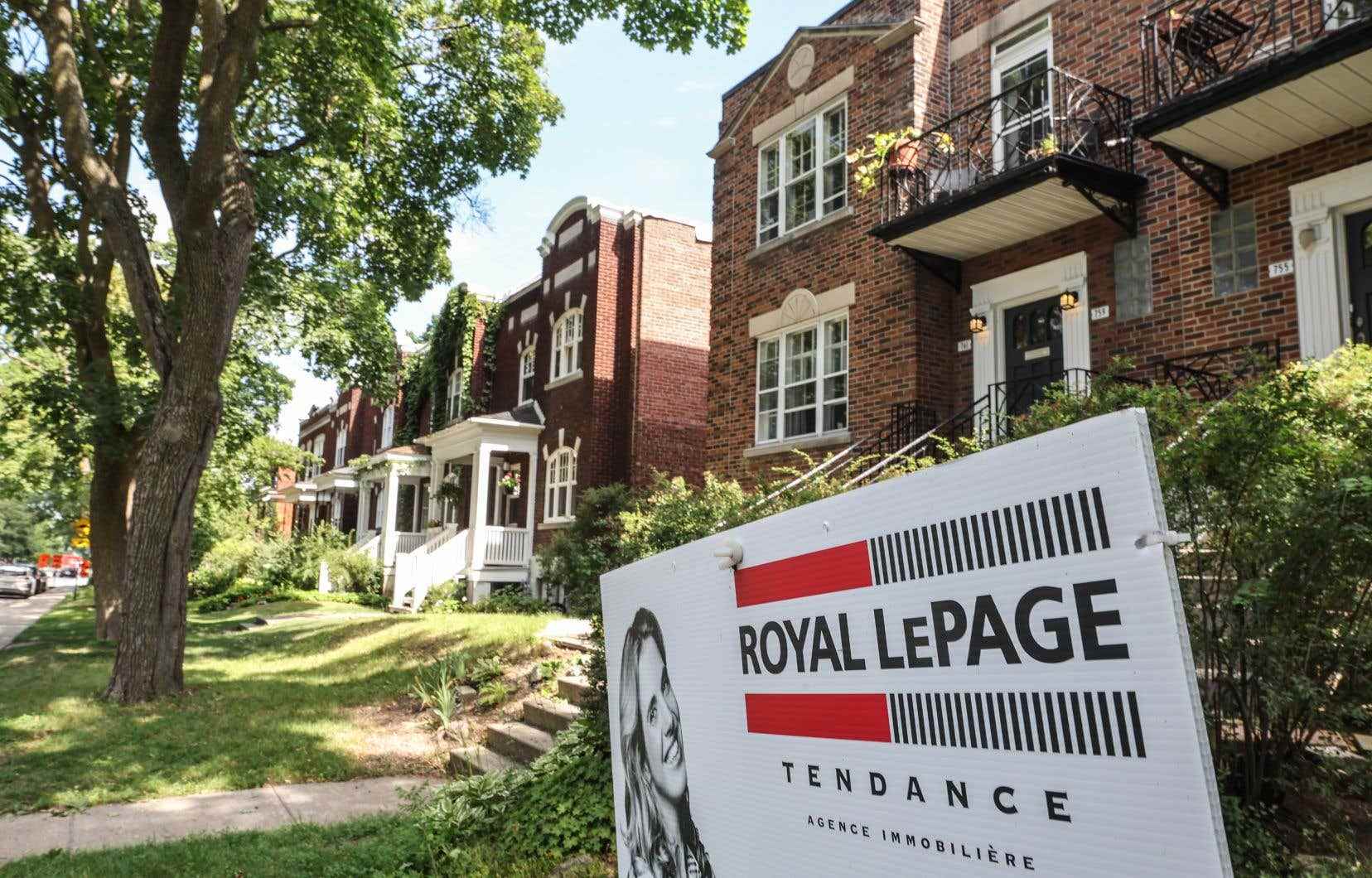The cooling of the national real estate market continued in June with a further decline in home sales, but the Canadian Real Estate Association (CREA) noted that the declines were smaller than those seen in previous months.
Home sales were 48,176 in June, down 24% from 63,280 transactions for the same month in 2021, CREA said.
On a seasonally adjusted basis, sales were down nearly 6% from May.
The association attributed the declines, which were not as large as those of April and May, to financial pressures faced by potential buyers as the Bank of Canada continued to raise its key interest rate.
The central bank on Wednesday raised its key rate by a full percentage point to 2.5%. It was the largest hike in Canada’s key rate in 24 years, but CREA pointed out that previous rate hikes had already begun to transform the market last month.
“Home sales continue to decline due to rising interest rates and ongoing uncertainty,” CREA President Jill Oudil said in a press release.
“While borrowing costs have replaced supply as the primary factor influencing the housing market right now, the supply gap is not being filled. »
Ms. Oudil’s observations mirror what real estate agents have been reporting for months: the market is experiencing a downturn.
In typically hyperactive markets like the Greater Toronto and Greater Vancouver areas, agents have noticed homes listed for sale far longer than they would have been a year earlier or even in early 2022, when the sales cadence was torrid.
Buyers are now waiting to see how much their buying power will be reduced as rates rise, but they have also postponed their offers because the forecast has led them to believe that prices will fall even further.
The national average price for homes fell 2% in June from the same month last year to $665,849. On a seasonally adjusted basis, it fell 4% from May.
Last month, CREA predicted that the national average home price would rise 10.8% on an annual basis to $762,386 in 2022. It projects the biggest price increases for the Maritime provinces, followed by the Ontario and Quebec.
Most of June’s price declines came from Ontario, but ACI also detected easing in British Columbia and said prices tended to be “more or less stable” in the Prairies.
Quebec was showing small signs of decline, and on the east coast, prices continued to rise, although they stagnated in Halifax-Dartmouth, ACI said.
New listings for sale rose by 4.1% in June compared to May, thanks in particular to an increase in supply in Montreal, and by 10% compared to June 2021.
